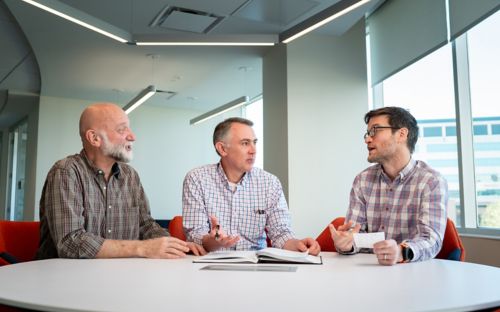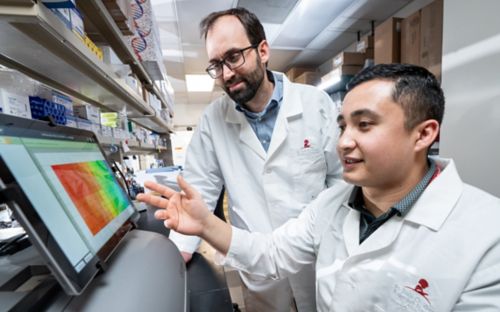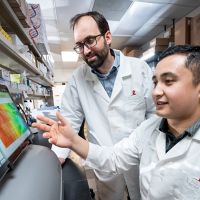Exploring survivorship: The when and how of treatment strategies matter in adult survivors of childhood ALL

The St. Jude Cancer Survivorship Division conducts clinical research to reveal more about cancer’s late effects and the impact of treatment.
When St. Jude Children’s Research Hospital opened its doors in 1962, the survival rate for acute lymphoblastic leukemia (ALL)—the most common pediatric cancer—was only 4%. Today the ALL survivorship rate is near 90%.
Survival rates have increased across a wide range of childhood cancers due to improved screening, diagnosis and treatment. There are now about 420,000 adult survivors of pediatric cancer in the United States.
This growing population allows clinical investigators to study and understand the health issues faced by these adults who were treated in the past five decades. At St. Jude, the Cancer Survivorship Division conducts clinical research to reveal more about cancer’s late effects and the impact of treatment. In addition, the division provides follow-up and supportive care after treatment ends.
In a recent study, St. Jude clinical researchers focused on chronic health conditions and late mortality among childhood ALL survivors who received different types of treatment from 1970 to 1999. Late mortality is defined by patients who die more than five years after their primary cancer diagnosis.
Stephanie Dixon, MD, of St. Jude Oncology, presented the study findings June 2 at the American Society of Clinical Oncology’s (ASCO) annual meeting in Chicago.
Risk stratification helps direct treatment
Using data from the Childhood Cancer Survivor Study—a multi-institutional effort coordinated by St. Jude—investigators compared long-term outcomes of childhood ALL survivors who represented evolving risk-stratified treatment approaches including: 1970s therapy, 1980s standard- and high-risk therapy, 1990s standard- and high-risk therapy, and treatment for relapse or bone marrow transplant.
Risk stratification is a process used by clinicians to identify the risk or potential risk levels of patients to help direct their treatment.
“Survivors of childhood ALL have a well-established increase in risk for premature mortality and multiple chronic health conditions as a result of their cancer treatment,” Dixon said. “However, the impact of evolving risk-stratified therapy on late morbidity and mortality among survivors of childhood ALL remains largely unknown.”
More than 4,000 survivors in the CSSS were categorized into treatment-era groups and included in the analysis. Survivors treated for relapsed ALL or with hematopoietic cell transplant had poor outcomes across all the domains studied.
The findings also revealed that more recent risk-stratified therapy has reduced the risk of late mortality and chronic health conditions among long-term survivors of ALL.
“Risk-stratified therapy has succeeded in reducing risk of late morbidity and mortality for survivors treated with 1990s standard-risk therapy,” Dixon said. “In fact, 1990s standard-risk therapy experienced no increase in rates of health-related mortality or subsequent cancers when compared to the U.S. population.”
You can find additional resources and survivorship research on childhood cancer survivorship in "Childhood Cancer Survivor Resources."






